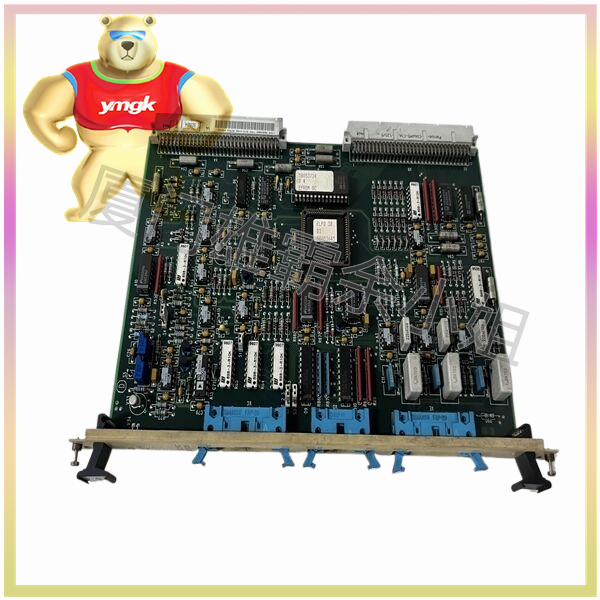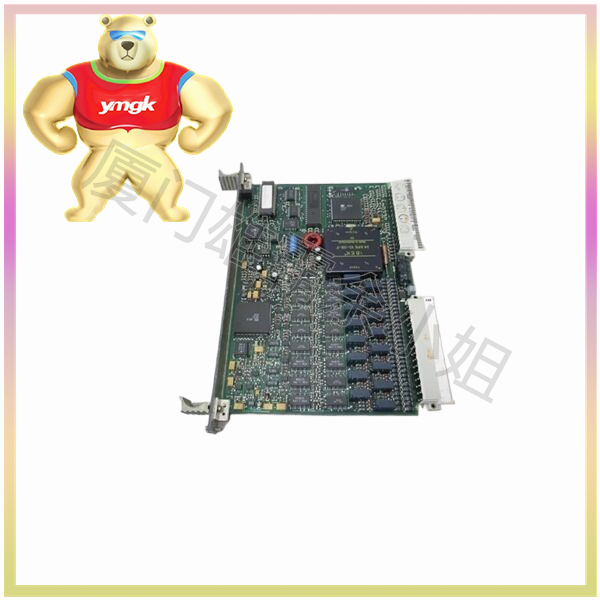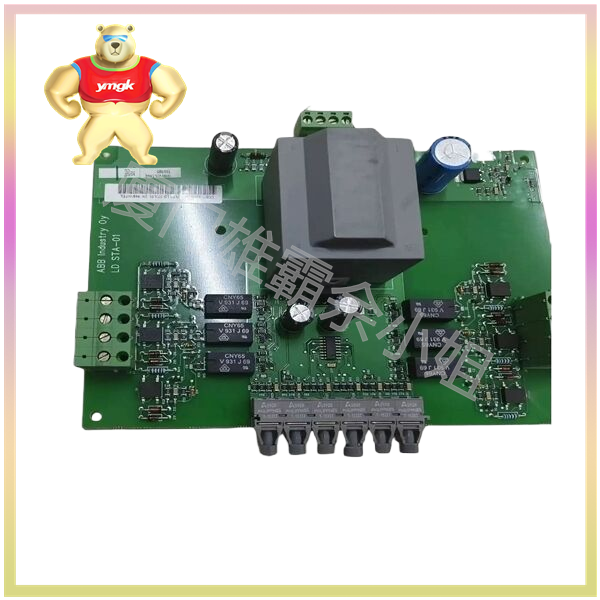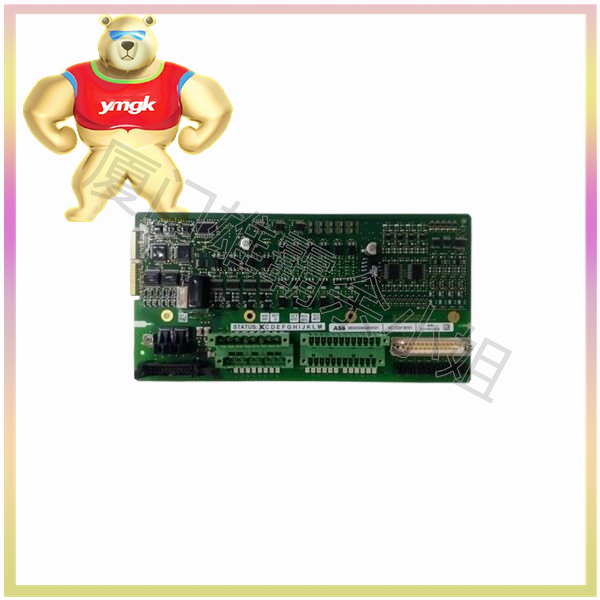There are many differences between PLC control system and traditional relay control. PLC (Programmable Logic Controller) is an industrial automation control system that uses digital computer technology to control and monitor the production process. In contrast, traditional relay control systems mainly rely on electromagnetic relays, contactors, and relays to control industrial equipment. This article will provide a detailed description of the advantages of PLC control systems over traditional relay control systems.
Firstly, PLC control systems have a high degree of programmability. PLC can be programmed and modified through programming languages such as ladder diagrams, instruction lists, etc., while traditional relay control systems require circuit connections and replacement of electrical components. This makes the PLC control system more flexible and able to quickly adjust and change according to different production needs. For example, when a new function needs to be added to the production line, it can be achieved by modifying the PLC program without changing the physical circuit connections.
Secondly, PLC control systems have high reliability and stability. The relay control system is prone to problems such as looseness and poor contact at the connection between the relay and the contact, resulting in control signal errors. The PLC control system is connected through wiring terminals or backboards, eliminating the need for frequent contact with relays and contacts, thereby reducing the occurrence of such faults. In addition, PLC controllers also have characteristics such as dust-proof, waterproof, earthquake resistant, and anti-interference, which can adapt to various harsh working environments.
Thirdly, PLC control systems have stronger data processing capabilities. The PLC is equipped with a powerful arithmetic logic unit (ALU) that can perform logical operations, mathematical operations, timing counting, and other processing on input signals. In traditional relay control systems, only simple switch operations can generally be performed. In addition, PLC can also collect and process on-site data in real-time by connecting external devices such as sensors, encoders, etc., achieving precise monitoring and control of the production process.
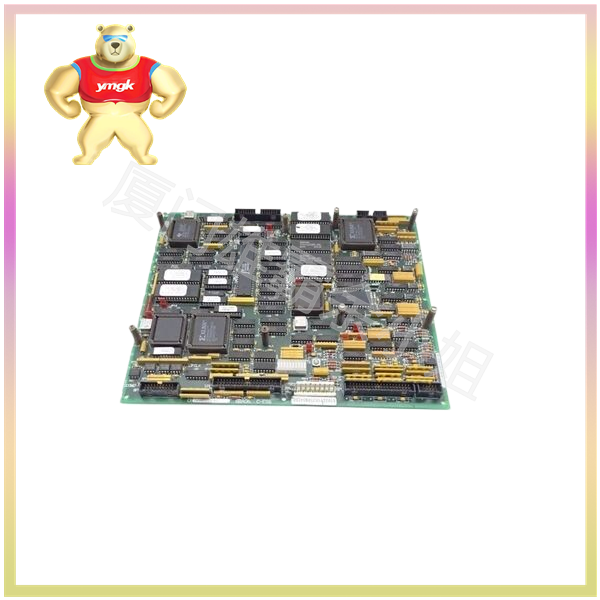
Fourthly, PLC control systems have more flexible communication capabilities. PLC can exchange data quickly and conveniently with the upper computer, other PLC devices, and external devices through various communication interfaces such as serial port, Ethernet, etc. Through data sharing and remote monitoring, PLC control systems can achieve multi machine interconnection and improve the level of industrial automation. However, traditional relay control systems lack this communication function, making it difficult to achieve remote monitoring and data transmission.
Finally, PLC control systems have higher safety. The PLC control system is equipped with various security protection functions, such as password protection, access control, abnormal alarm, etc. These functions can effectively prevent security issues caused by illegal intrusion or misoperation. However, traditional relay control systems usually do not have this safety protection function, making them vulnerable to attacks from criminals or accidents caused by operational errors.
In summary, compared to traditional relay control systems, PLC control systems have high programmability, reliability, stability, data processing capabilities, flexible communication capabilities, and higher safety. These advantages have led to the widespread application and promotion of PLC in the field of industrial automation. With the continuous advancement and development of technology, PLC control systems will further improve their performance and functionality, bringing more convenience and benefits to industrial production.

